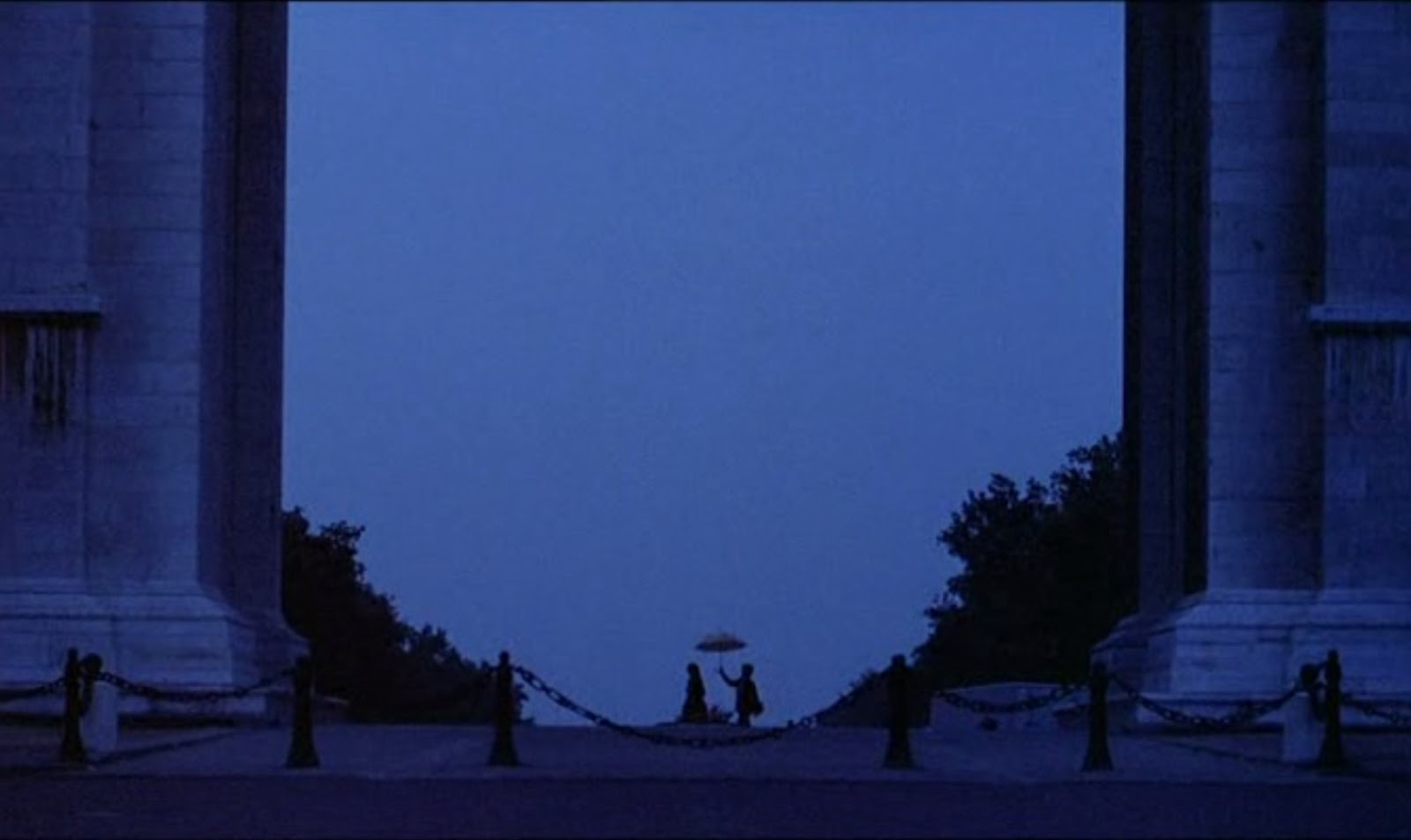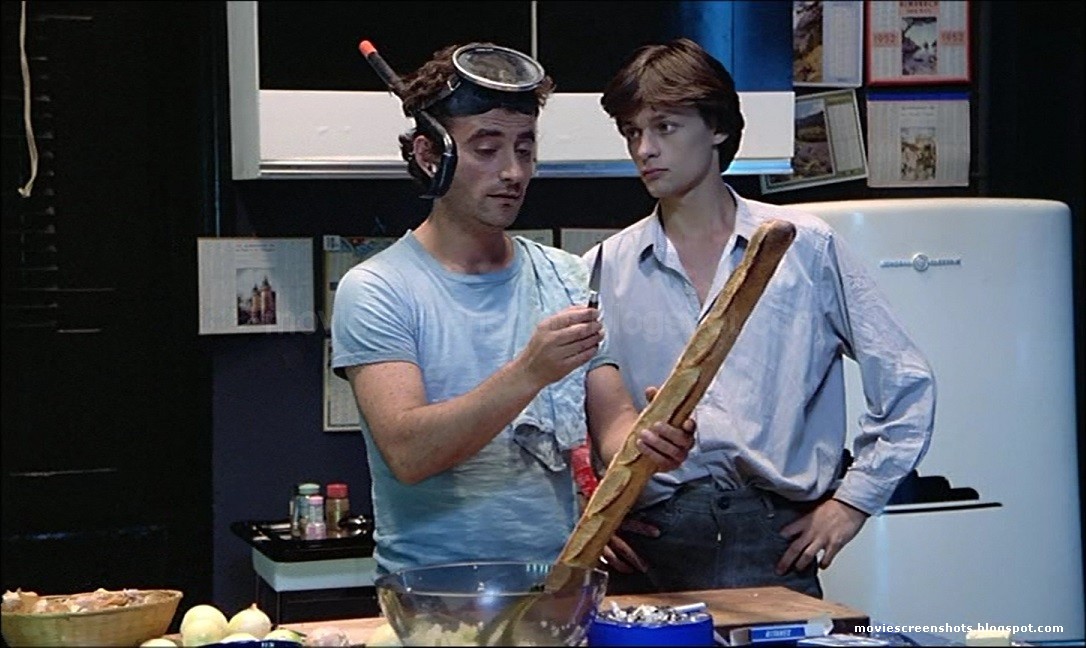This week, we were exposed to a side of 80’s cinema that I can confidently say, I have not been exposed to before. We looked at the 1980’s era of Cinema du look and the Digital Revolution.
At this point in films’ history, international cinema was still differing significantly compared to Hollywood. The main difference was perhaps the structure of it all. Hollywood was still continuing to conglomerate and shift its focus to making the “Blockbuster.”
The documentary featuring Industrial Light and Magic (ILM), was one of my favorite ones that we have watched throughout this class. I found it so interesting to see how films that I grew up watching, came to life. I also believe that if the company was not founded for the purpose it served, the CGI scene might not be as fully developed as we see it today, and simply put, many of the movies that came out with ILM’s stamp might not have been made.

The reading this week gave me a lot of insight on the screening, especially Danny Peary’s entry on Diva. The one thing I was not expecting to read about after watching Diva, was controversy. Peary writes that Beineix’s second feature “Moon in the Gutter,” released in 1983 received a merciless attack from many French critics. Beineix viewed this criticism as a sort of revenge for Diva’s impressive achievements and vast success, even though it too, was unfavorably reviewed.
Watching Diva this week, was truly a great treat. It was another film that I had small expectations for. The cult score within this film fits every image and scene to a “T” and certainly represents the film well. In my notes for this film I was for obvious reason drawn to the cinematography. This film is beautiful on a whole other level. It speaks volumes of its cinematographer, and everyone involved in the making of this movie. I believe this is one of the best examples of Cinema du Look, and I feel that it alone represents what this era stands for.
As Peary quotes Beineix, the plot of the movie really has no other relevance than being a series of events that the audience can follow, and a story line that is “goofy,” but engaging none the less. The true story in this film, and the era of Cinema du Look, is the images. The beautiful scenes are unlike any other film I have see from a film of this point in time.
The scene that caught my attention was the shot of the diva, and the postman walking under the aqueduct. The way the camera captures not only the continuation of the developing relationship between the postman and the diva, but also the rich scenery and magnificent abilities of the cinematographer.

One of the goofy parts of this movie comes when the postman is at Gorodish’s loft, and he is cooking dinner. Gorordish has a snorkel mask on when the scene begins, and it seemed out of place and very odd to me, until I realized that he was cutting onions. However, even though he was wearing for the purpose of not crying, the mask seems a little over the top to me but adds in that dash of goofiness for which Peary quoted Beineix for having in this film.

I am truly marveled to have witness all that this film has to offer, and I can assure you, I will pursue the Cinema du Look era further.

I really enjoyed reading your post this week. I agree, how strange there was controversy over Diva, but It seems some of Beiniex’s films tend to be viewed as controversial which turned most of them into French cult classics.
LikeLike
It is really interesting to see films come to life that you grew up watching. It’s just like one movie I’ve been watching since I was young. The Lion King came out a while ago in the animated version and now, it is coming to real life. This is the moment everyone been waiting for who grew up watching this. I am very excited, and it will be out during summer time. What can be better than that? It’s nice that you caught the picture with the postman and the diva. I like the way you describe the scene with the imagery and the magnificent abilities of the cinematography.
LikeLike